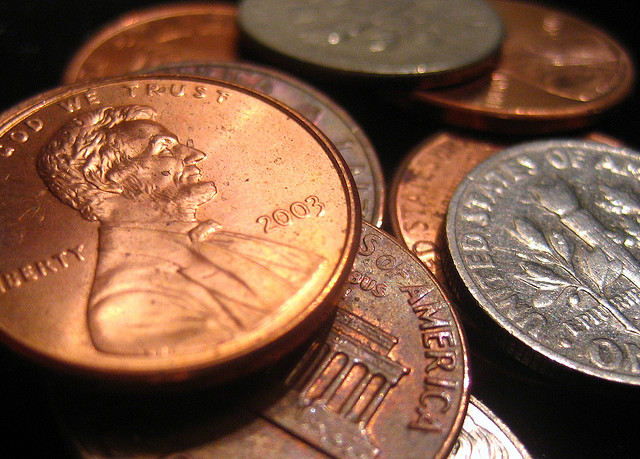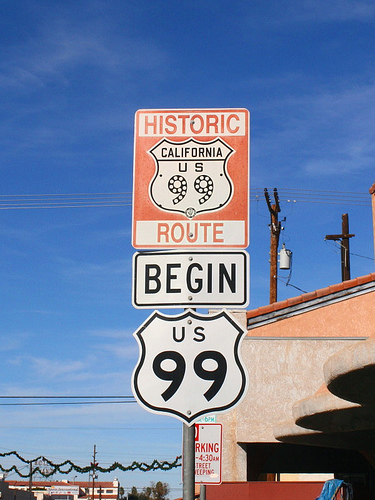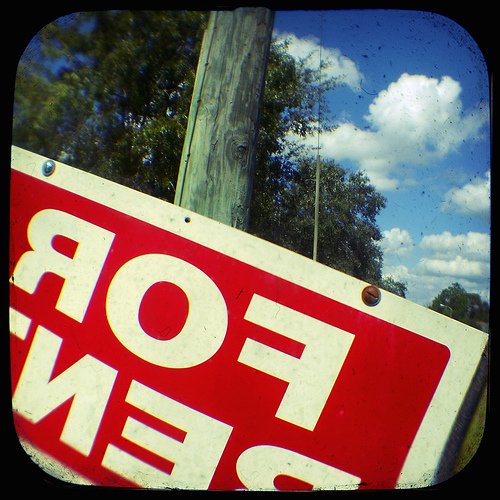A large number of Investing Architect readers get here after googling “how to buy investment properties with no money” every week. Once arrived, they read extensive articles about our Blueprint real estate investing strategy in which long term real estate investors employ their hard saved capital to build a solid stream of retirement income using quality real estate investments. At first glance, the two are thoroughly incompatible – on the one hand, there are aspiring investors who seem to want something for nothing and on the other an investment strategy that requires extensive resources they don’t possess. But things aren’t always as they seem.
First, let me start by saying that the beauty of our human ability to dream is that it doesn’t require the possession of resources necessary to fulfill that dream. In other words, just because you might not have the capital to invest in real estate and assemble a sizable portfolio, that shouldn’t prevent you from aspiring to it. In fact, this country was built on its people’s incredible ability to make something from nothing. To take a humble beginning and transform it into a success story that boldly defied its initial odds.
But there’s a fundamental difference between wanting to make something from nothing and wanting something for nothing. There are strategies and detours that investors in the first category can take to better their position – and I will share one of those strategies later in this post. But for those that feel entitled to something for nothing – to “investing without investment” – I’m afraid that I have nothing to offer but an attempt to change their mind and their course.
So let’s get deeper into the details. Let’s say that you want to invest in real estate but you have very limited capital. You’d love to purchase a quality investment property in a good location and hold it long term but you don’t have enough money for the required down payment. What are you to do? First, you must understand that real estate, when properly employed, is an excellent vehicle to take your existing capital and make it grow and produce a solid income stream. It is not a great vehicle to create your capital despite what investing books from various gurus will tell you.
Your menu for investing in real estate using the proverbial “other people’s money” is made up of very limited options – none of which are very good for you. For instance, you can try wholesaling: Find a property being sold below market value, get it under contract then assign that contract to another investor for what you paid plus a profit for you. This is the least risky option although it is a overly saturated market and requires an amount of time you might not have unless you quit working. Or you can buy properties subject-to: Find a good property where the owner cannot keep up payments or wants to sell and control the property by taking over his payments. This works great until you discover that the loan whose payments you took over specifically prohibits such assumption without explicit permission from the Lender. If they discover it, they have the right to call the entire loan due on the spot and often do when the market softens. Finally, there’s the guru’s special – Start flipping houses using short term hard money loans at almost usurious rates and fees. Yeah that makes perfect sense for an investor with no money – said nobody ever!
Criticism is fine when backed by facts but it’s hollow when it’s not followed by solutions. So here’s a better strategy for the real estate investor who is just getting started with very limited capital resources. When money isn’t available, you have to bring other resources to the table: namely, time and flexibility. Let’s say you have managed to save $5-7k – not nearly enough to purchase an investment property with 20% down. However, you can acquire a primary residence with as little as 3-5% down (depending on the loan program for which you qualify) and get the Seller to contribute towards your closing costs. So here’s the plan: Purchase a recently built home as a primary residence with the minimal down payment but make sure that you’re picking that home for how it would perform as an investment when you decide to turn it into one. Also, make sure the home you purchase is as close to move in ready as possible – avoid homes that require work. Live in the home until you are able to save enough money for the next property but no less than 9-12 months. At that point purchase another property using the same criteria and rent out the first home. You can rinse and repeat this process 3-4 times over a 5 year period and accumulate a small investment portfolio using the same capital it would take you to purchase just one investment property with 20% down. Throughout the process, make sure you can comfortably afford the payments and that you keep an emergency fund for repairs. It’s a strategy that carries a higher risk than putting down 20-25% on each property but it’s much more sound than the “no money” alternatives. It requires your flexibility to move multiple times in a 5 year timespan and plentiful time but remember that those are the resources you bring to the table to compensate for the capital.




